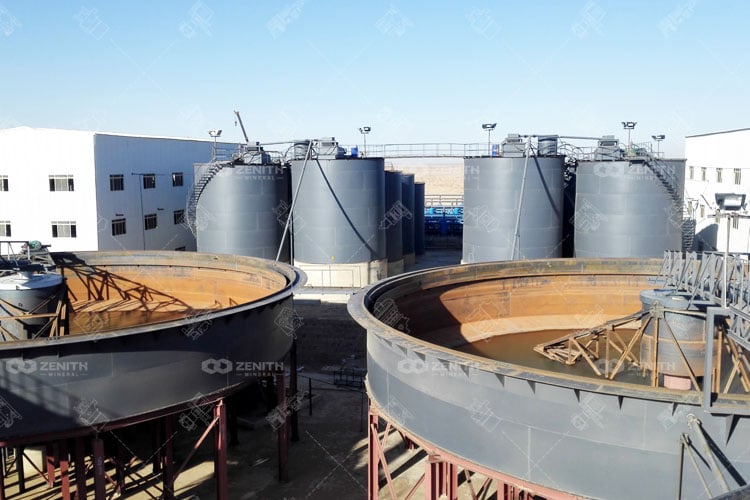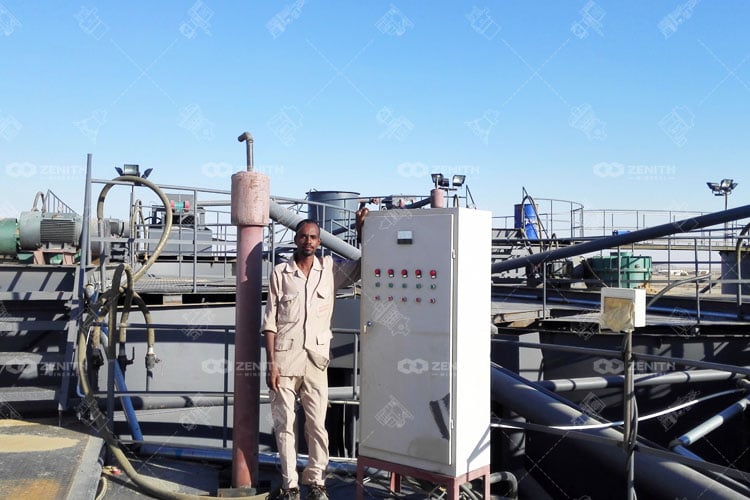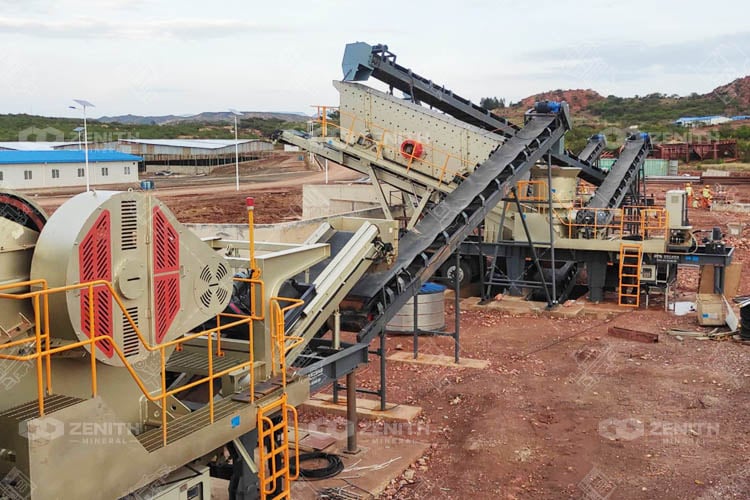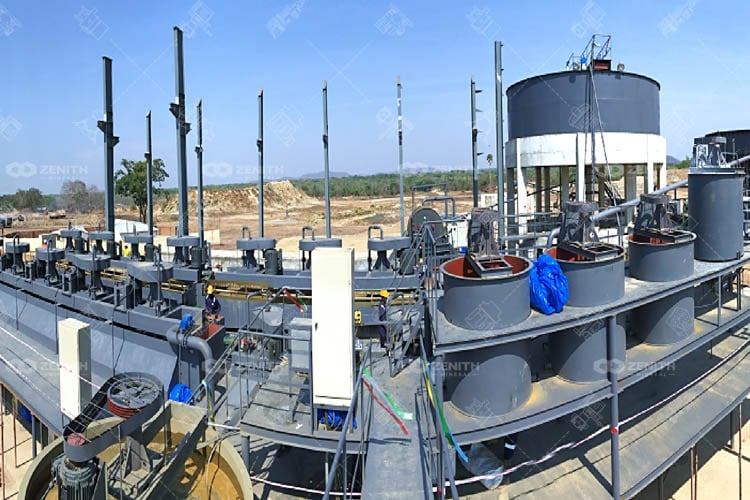Gold is one of the most valuable and sought-after precious metals in the world. As global demand for gold continues to rise, the mining industry has had to develop more efficient and cost-effective methods for extracting and processing gold ore. One of the most widely used gold ore processing techniques is the carbon-in-leach (CIL) method.
The CIL (Carbon in Leach) is a hydrometallurgical technique used to extract gold from ore. It involves leaching the gold from the ore using a cyanide solution, followed by adsorption of the dissolved gold onto activated carbon. The gold-laden carbon is then separated from the slurry, stripped of its gold content, and the gold is eventually recovered through electrowinning or smelting.
CIL processing plants play a critical role in modern gold mining operations. These facilities are designed to handle large volumes of ore, maximize gold recovery rates, and operate in a safe and environmentally responsible manner. This article provides a comprehensive overview of gold ore CIL processing plants, including plant design, key process steps, equipment requirements, and optimization strategies.

The design of a gold ore CIL processing plant must take into account a variety of factors to ensure optimal performance and economic viability. Some of the key design considerations include:
The mineralogy, grade, and other physical/chemical properties of the gold ore feed are fundamental to the plant design. Metallurgical testwork is conducted to determine the optimal processing conditions for a given ore type. Factors like gold deportment, preg-robbing characteristics, and the presence of deleterious elements must be thoroughly evaluated.
The design processing rate is a critical parameter that impacts equipment sizing, reagent consumption, power requirements, and overall capital and operating costs. Plants are typically designed for throughputs ranging from 2,000 to 20,000 tonnes per day, depending on the scale of the mining operation.
The specific process steps and equipment included in the CIL flowsheet are selected based on the ore characteristics and production targets. Common unit operations include comminution, leaching, adsorption, desorption, electrowinning, and tailings management.

Reliable access to sufficient process water and power supplies is essential. Water recycle and treatment systems are incorporated to minimize freshwater consumption. Energy-efficient equipment and process optimization are used to reduce power demands.
Stringent regulations govern the design and operation of gold processing plants to mitigate environmental impacts. Measures are taken to control cyanide, mercury, and other hazardous substances, as well as minimize air emissions, water discharges, and waste generation.
Inherent process safety risks, such as cyanide handling, must be rigorously addressed through engineering controls, operating procedures, and worker training programs. Process automation and instrumentation are employed to enhance safety and reliability.
The overall economic viability of the project is a key driver in the design process. Plant designers work to balance capital expenditures, operating expenses, metallurgical performance, and other factors to achieve the lowest sustainable unit production costs.
The core CIL process consists of several interconnected unit operations. The main process steps are described below:
Run-of-mine ore is typically crushed and ground to liberate the gold-bearing minerals and achieve the desired particle size distribution for optimal leaching kinetics. Comminution circuits may include a combination of jaw crushers, cone crushers, and ball mills or semi-autogenous grinding mills.
The prepared ore slurry is combined with a cyanide-based lixiviant (typically sodium cyanide) in leach tanks or agitated leach reactors. The gold is chemically dissolved into the aqueous solution under controlled pH, dissolved oxygen, and residence time conditions.
Activated carbon is added to the leach slurry, where it physically adsorbs the dissolved gold-cyanide complexes from the solution. The gold-loaded carbon is then separated from the slurry, typically using screen or hopper-bottom tank design.
The gold-bearing carbon undergoes a high-temperature, high-pressure elution process to desorb the gold. The gold is then recovered from the eluate solution through electrowinning, where it is plated onto steel wool or plates. The gold precipitate is then smelted into doré bullion bars.
The barren slurry discharged from the CIL circuit, known as tailings, is thickened and then either sent to a lined tailings storage facility or, in some cases, subjected to further processing (e.g., detoxification, neutralization) before disposal.
Cyanide, lime, and other process reagents are stored, mixed, and dosed into the appropriate process streams. Water management systems recycle and treat process water to minimize freshwater consumption and environmental impact.
The major processing equipment used in a typical CIL plant includes:
Auxiliary facilities like warehouses, labs, administration buildings and reagent storage areas are also required. Infrastructure encompasses access roads, water/power supplies and general site works.
Gold ore CIL processing plants play a vital role in the global gold mining industry, enabling the efficient extraction and recovery of this precious metal. These facilities are designed, operated, and continuously optimized to handle large volumes of ore, maximize gold yields, and minimize environmental impacts.
Through advancements in process technology, automation, and optimization strategies, gold ore CIL plants continue to evolve, becoming more productive, cost-effective, and sustainable. As demand for gold remains strong, these processing facilities will remain a cornerstone of the mining sector, contributing to the world's supply of this valuable resource.

This article explores the various aspects of portable rock crushers for gold mining, including their types, benefits, operational principles, and considerations for use.

Extraction methods for oxidized gold ore can be broadly categorized into four main processes:Non-Cyanide Extraction Methods, Cyanidation Extraction Method, Oxidized Gold Ore Sulfide Extraction Method, Oxidizing and Roasting Extraction Method.

The common seen gold ore are placer gold ore and rock gold ore. But how to get gold from gold ore? We will introduce 4 gold extraction methods in this article.
Fill your requirements here, and we'll send the custmized solution and quotation to you by the reserved contact information.